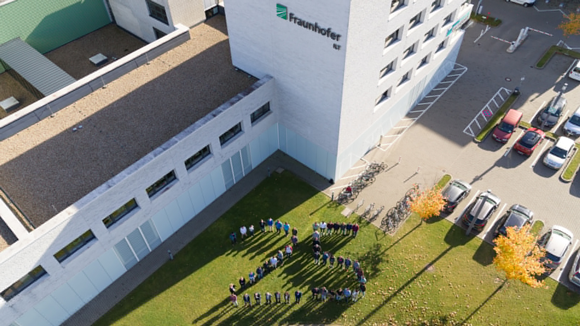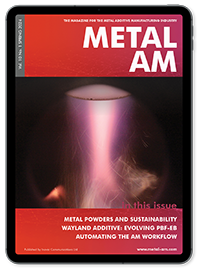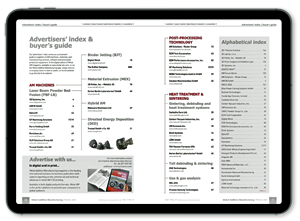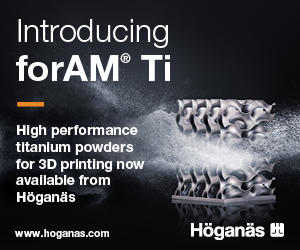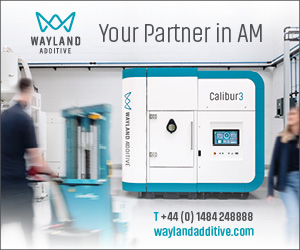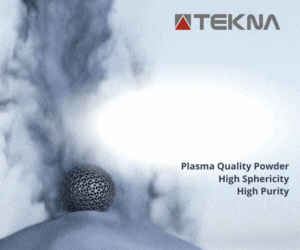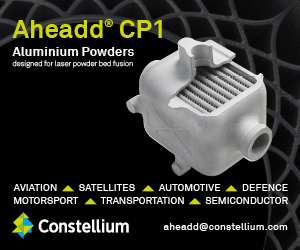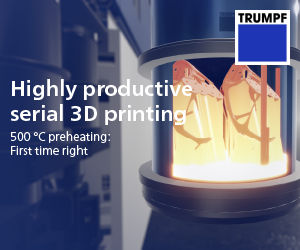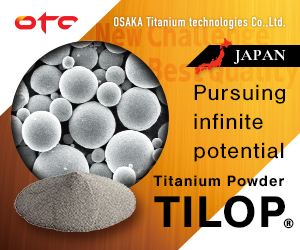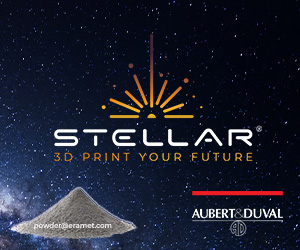Fraunhofer ILT celebrates 25 years of Laser Beam Powder Bed Fusion
November 17, 2021
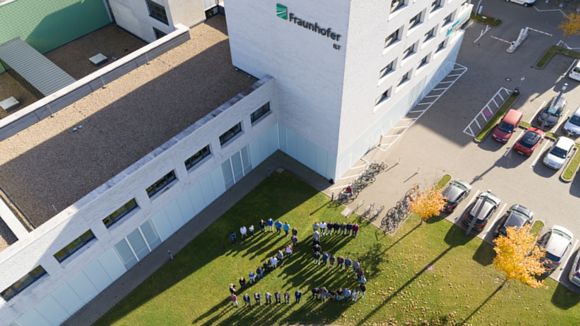
The Fraunhofer Institute for Laser Technology (ILT), Aachen, Germany, is celebrating twenty-five years since the introduction of its patent for Laser Beam Powder Bed Fusion (PBF-LB) technology.
“No one believed – just us! – that our development could turn into something useful,” stated Wilhelm Meiners, Trumpf Laser- und Systemtechnik GmbH, who invented the process alongside Kurt Wissenbach and Andres Gasser.
The PBF-LB process makes it possible to manufacture complex functional components in a way that is both efficient and economical, with production costs dependent less on the geometrical complexity than on the volume of the component. What was interesting about the process at the time was its ability to be adapted according to interest in materials with specialised applications (e.g., cobalt-chromium alloys for dental implants).
Today, the technology is used in a wide range of industrial applications, from turbomachinery and automotive engineering to aerospace and medical technology. In 2019, the global market for metal AM – including system, material and service sales – was estimated at around €2 billion. PBF-LB is the dominant metal AM technology, reportedly accounting for over 80% of the market.
Fraunhofer ILT is currently focusing on advancing innovative illumination concepts, adapted to the requirements or geometry of components. The institute is using its knowledge in systems engineering to develop novel machine concepts to increase the productivity of the process.
Jasmin Saewe, Head of the Department for Laser Powder Bed Fusion at Fraunhofer ILT, stated, “Not only do we take the integration of our developments into industrial process chains very seriously, but we also identify and open up new markets.”
Since the PBF-LB process builds a component layer-by-layer, a three-dimensional manufacturing task can be reduced to two dimensions – as a result, the process offers a number of systematic advantages when compared to conventional manufacturing techniques, such as its ability to generate complex cooling channels for the targeted temperature control of tools or integrated grid structures for lightweight construction applications. In this way, identical prototypes can be produced in small series in a very short time. Another systematic advantage is the shortening of development times, allowing numerous iterations to be manufactured with less effort. This results in a shorter time to market for new products.
Fraunhofer ILT views the PBF-LB technology in its entirety in the hopes of forming the basis for a socially relevant future topic. With regard to cycle-oriented production and ecological footprints, the process is expected to become exemplary; the institute is currently looking into life cycle assessments. By transparently assessing ecologically and sustainably manufactured products, research is helping industry and SMEs to assume responsibility for people and the environment, thus positioning themselves on the market with a competitive advantage.
Co-inventor Meiners concluded, “Within the next twenty years, [PBF-LB] will play an even greater role – I’m thinking of the automotive sector in particular!”
Fraunhofer ILT will be exhibiting at Formnext 2021, on Booth D41 in Hall 12.



